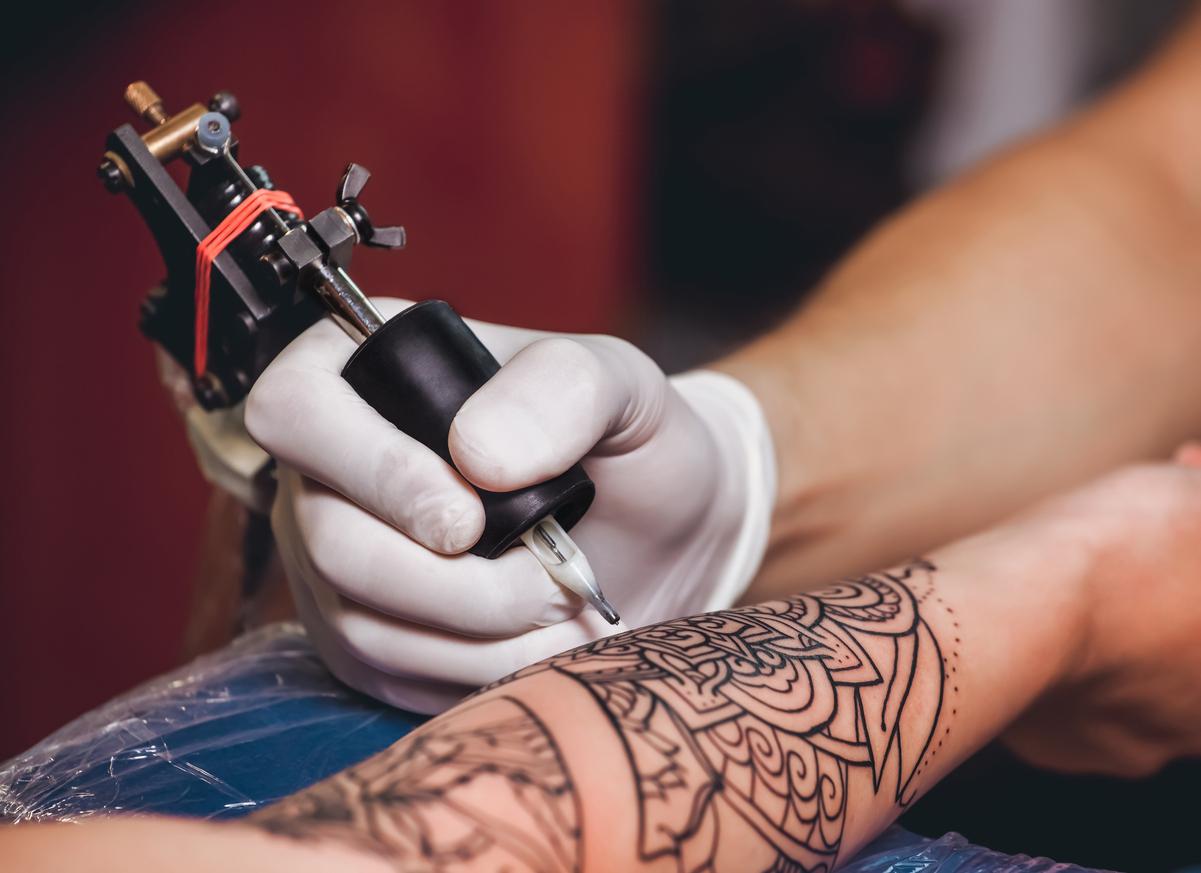Tattoo ink could potentially promote malignant lymphomas, according to recent Swedish research.

- Tattoo ink sometimes contains substances that are potentially harmful to the body.
- A Swedish study recently observed an association between malignant lymphomas and exposure to tattooing.
- This risk would not be linked to the size or appearance of the tattoo, but rather to the period during which it was done.
Tattoos are very popular, but they sometimes contain substances that are harmful to the body, such as primary aromatic amines, polycyclic aromatic hydrocarbons and metals. However, the long-term effects of tattoo ink remain poorly understood.
Link between tattoo exposure and malignant lymphomas
A study from Lund University (Sweden) recently suggested that tattoo ink causes a deposit of pigments in the lymph nodes, whose role is to filter waste and damaged cells. The body would then react to this “aggression” by inducing an immunological reaction.
As part of this research, published in The Lancetthe scientific team used the national registers of the Swedish authorities to assess the correlation between tattoos and the risks of malignant lymphomas, in other words malignant tumors of the lymphatic system. The study population included 11,905 people, whose cases of malignant lymphoma were diagnosed between 2007 and 2017.
21% higher risk of malignant lymphomas in tattooed people
According to the results, people with tattoos had a 21% higher risk of lymphoma compared to those without tattoos. As the researchers explained, the size or appearance of the tattoo did not increase the risk of lymphoma. However, the risk was higher for tattoos done less than two years ago, as well as for those more than 10 years old. “We found no evidence of increased risk with greater total body surface area tattooed. The risk associated with tattoo exposure appears to be higher for diffuse large B-cell lymphoma.”they indicated in their work.
For the Swedish team, these initial results therefore reveal an association between an increased risk of malignant lymphoma following a tattoo. However, more in-depth research is needed to establish causality.


















